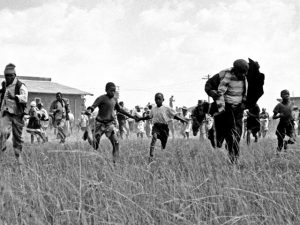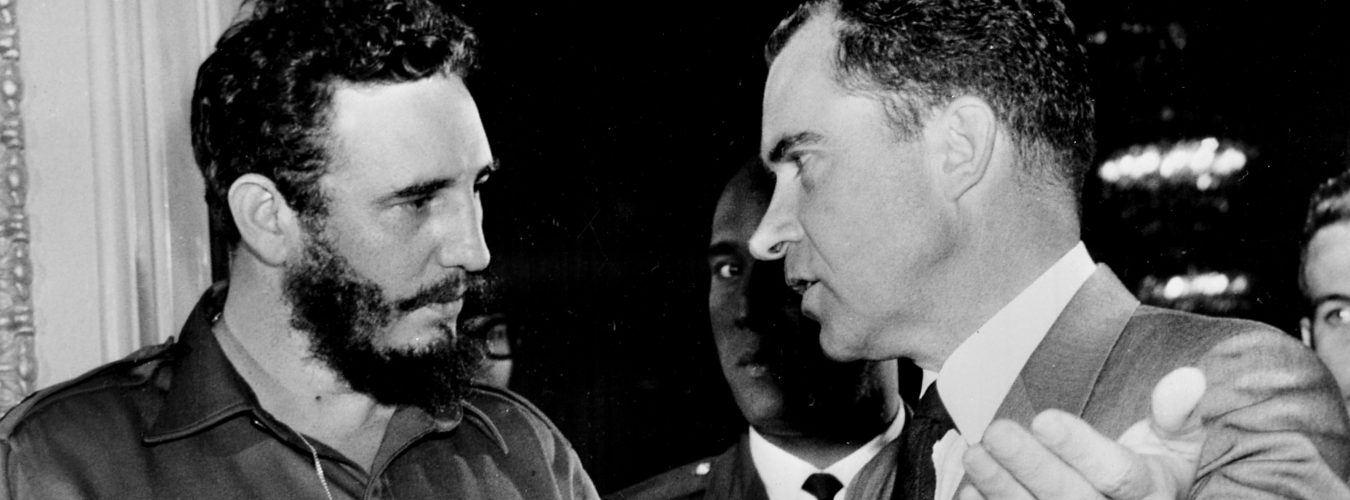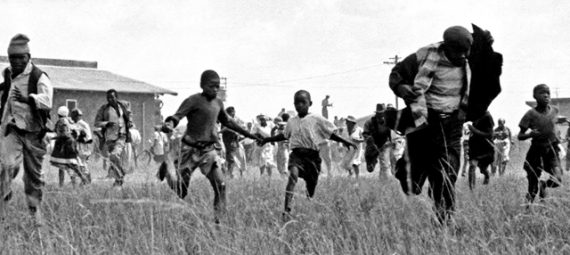
On the date March 21, 1960, the South African police opened fire and killed 67 South Africans protesting apartheid in Sharpeville, South Africa. Those killed were black citizens and almost all were shot in the back running away. This event was important not only because it showed the extreme suppressing nature of the South African government, but also showed the lengths the United States would go to in order to keep South Africa as a Cold War ally.
Apartheid was a racial system created in 1948 by the all white “National Party”, who gained power that same year. It included explicit segregation laws similar to those of Jim Crow. This was significant because apartheid was created after World War 2, a time where much of the first world’s view shifted away from prejudice systems, especially in the wake of the Holocaust. This racist system would last almost 50 years with some policies standing until 1991. In 1959 10 “Bantus” were created, essentially black ghettos. These kept blacks poor and powerless to unify against the deeply prejudiced system. In the wake of these extreme laws, protests naturally arose. This is the premise of the Sharpeville shooting, a largely peaceful protest that turned deadly when South African Police opened fire.
The United States however still supported the South African nation with huge investments that kept the racist system afloat. The most telling part is the timing of these large investments, directly following the slaughter. One figure from the New York Times states “American direct and portfolio investment in South Africa is (was) now estimated at $600,000.” The only national putting more money in was Great Britain, the former colonizing nation of South Africa.
Why did the United States government keep pouring money into South Africa after these brutal murders? Well the answer is quite simple in the context of the Cold War, so the Soviet Union could not. By propping up the white supremacist government, the nation would be safe from communism spreading in the African country. Also, business could continue to take place as normal. The United States had a large uranium deal with South Africa that was obviously very important in the Cold War as the precious element is used to make nuclear weapons, and even broader, South Africa was sending up to 48% of its exports to the United States. By keeping the capitalistic government of South Africa in power, the United States had less threats and more resources. Borstelmann adds in his writing The Cold War and the Colorline, “The potential for racial conflicts that might derail the American pursuit of a First World – Third World alliance was most evident in Southern Africa.” In short, the United States and Eisenhower were more interested in not risking foreign policy with South Africa than messing with its racial system. The same policy was used domestically as Borstelmann notes, Eisenhower adhered to the “center line” when dealing with civil rights. Essentially Eisenhower’s approach was to keep everyone happy. This same strategy seems to be evident in his dealings with South Africa, especially with no major action being taken after Sharpeville.
The New York Times took an interesting angle in covering the large investments from the United States post the Sharpeville Massacre. The most telling line in my opinion states “American businessmen, in the face of these controls and 28 resolutions, seem to be investing as heavily in South Africa today as before the Sharpeville shootings, when police fired into a protesting crowd, killing 67 and wounding 186.” This take seems a little bit critical. There seems to be no need of adding the last line as context, as the shooting was covered earlier in the article. It appears the New York Times intentionally added the brutality of the shooting to critique the business people’s decision to keep propping the South African economy. The article then adds that the US Security Council “deprecated” the racial segregation code enforced by the “white minority”. This is seemingly another shot by the article at the ones making these business decisions. The New York Times only quotes the word “deprecated” seemingly mocking the very non controversial word, laughing at the fact the United States is not taking more action to South African racial injustice.
Works Cited
Lelyveld, Joseph. “U.S. Investments in South Africa Show Big Rise”. The New York Times,
August 18, 1963: 121.
“BBC World Service | The Story of Africa.” BBC News. Accessed February 15, 2021.
BORSTELMANN, THOMAS. The Cold War and the Color Line: American Race Relations in
the Global Arena. Cambridge, Massachusetts; London, England: Harvard University Press, 2001. Accessed April 26, 2021. doi:10.2307/j.ctvjf9x3z.
Painter, David. “Oil, Resources, and the Cold War, 1945–1962.” The Cambridge History of the
Cold War, vol 1., edited by Melvyn P. Leffler and Odd Arne Westad, New York : Cambridge University Press, 2010: 486–507.

